You’ve done the hard yards: planned your project, prepped the site, and planted your young trees. Seeing them in the ground is a satisfying milestone - but planting is only the beginning.
Think of your new forest as being in the toddler stage. Just like toddlers, young trees need extra care, protection, and attention before they can stand strong on their own. Without it, even the best-planned project can falter.
Why releasing matters:
One of the most important steps in establishing a native forest is releasing: clearing grass and weeds from around your young trees. Weeds grow fast in spring, competing fiercely for sunlight, water, and nutrients. Left unchecked, they can smother even the healthiest planting.
Timely releasing gives your trees the breathing space they need to thrive. It’s a simple but powerful way to protect the effort and investment you’ve already made.
When to release:
Plan early: Keep an eye on when regrowth starts in the sprayed spots around each plant.
Timing is critical: Never let a tree get completely covered—by then, some won’t survive. Releasing must happen before shading takes hold.
Release timing: Ideally, release when grass regrowth is about halfway up the tree’s height.
Frequency:
For most projects, one well-timed release in the first spring is enough to set young trees up for success.
In some cases—depending on site and season—a second release may be required. After Christmas, extra growth can risk smothering plants, so checking back is recommended. Slower-growing species or fertile sites may also need a second-year release, but in most cases this isn’t necessary.
The Critical 10%: Small Effort, Big Impact
Here’s the good news: maintenance usually represents only about 10% of your total investment—yet it can make the difference between long-term success and failure. Spending this small proportion now significantly increases survival and growth rates, while reducing the risk of plant loss. It’s the finishing touch that ensures your planning and planting pay off for years to come.
How to spring release
We recommend release spraying as the most effective way to manage spring maintenance:
1. Early checks: Monitor regrowth to get timing right.
2. Release at the right stage: When grass regrowth is about halfway up the tree.
3. Clear around the tree: Push aside and trample down any growth.
4. Spray carefully: Use glyphosate herbicide in a targeted 500 mm arc around each tree to cover the competition zone—avoid hitting the tree itself.
5. Work safely: Spray only in calm, dry conditions. Use a shield/low pressure to reduce drift, wear PPE, and keep buffer zones near waterways and sensitive natives.
Want to learn more and see spring releasing in action? Check out these quick videos:
· Releasing: A Key Step in Native Tree Maintenance
How we can help
At Restore Native, we don’t just plant trees—we take responsibility for them. After all, we’ve grown them from seed and we want to see them thrive long term.
That’s why we work closely with landowners to make sure releasing is done at the right time. Over spring and summer, our dedicated releasing team is on hand to give your plantings the best chance of success.
Our team can:
· Carry out manual releasing for young trees under pressure
· Perform precision release spraying at scale
· Create tailored maintenance plans for long-term success
Need a hand or further advice?
If your plants need maintenance or you’d like help with releasing, we’re here to support you and ensure your young forest gets the best possible start.
Get in touch today:
James — operations@restorenative.co.nz | 027 868 4989
or request an online quote here.

